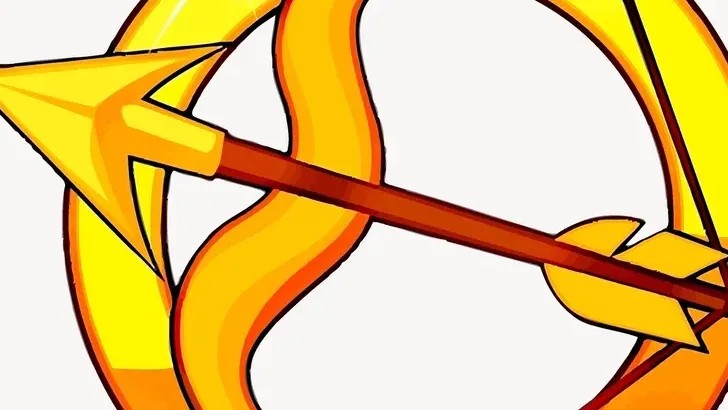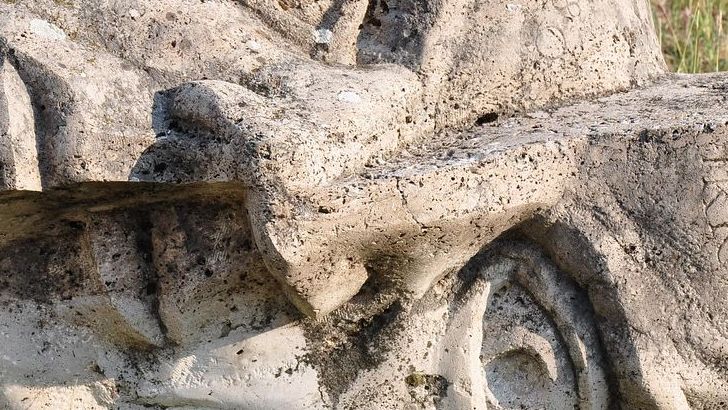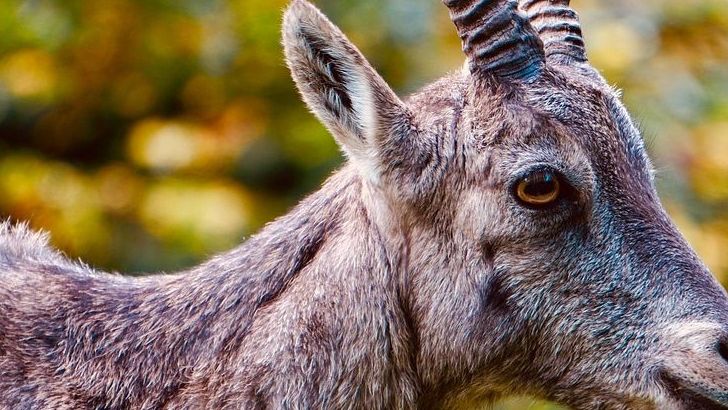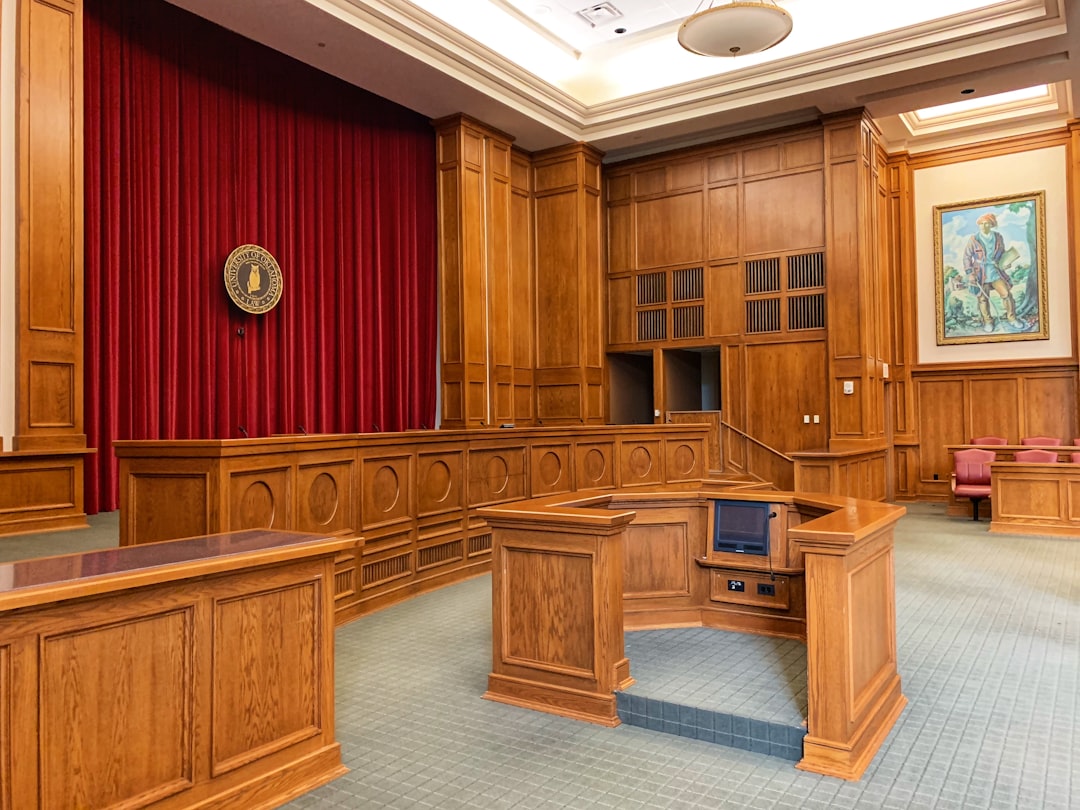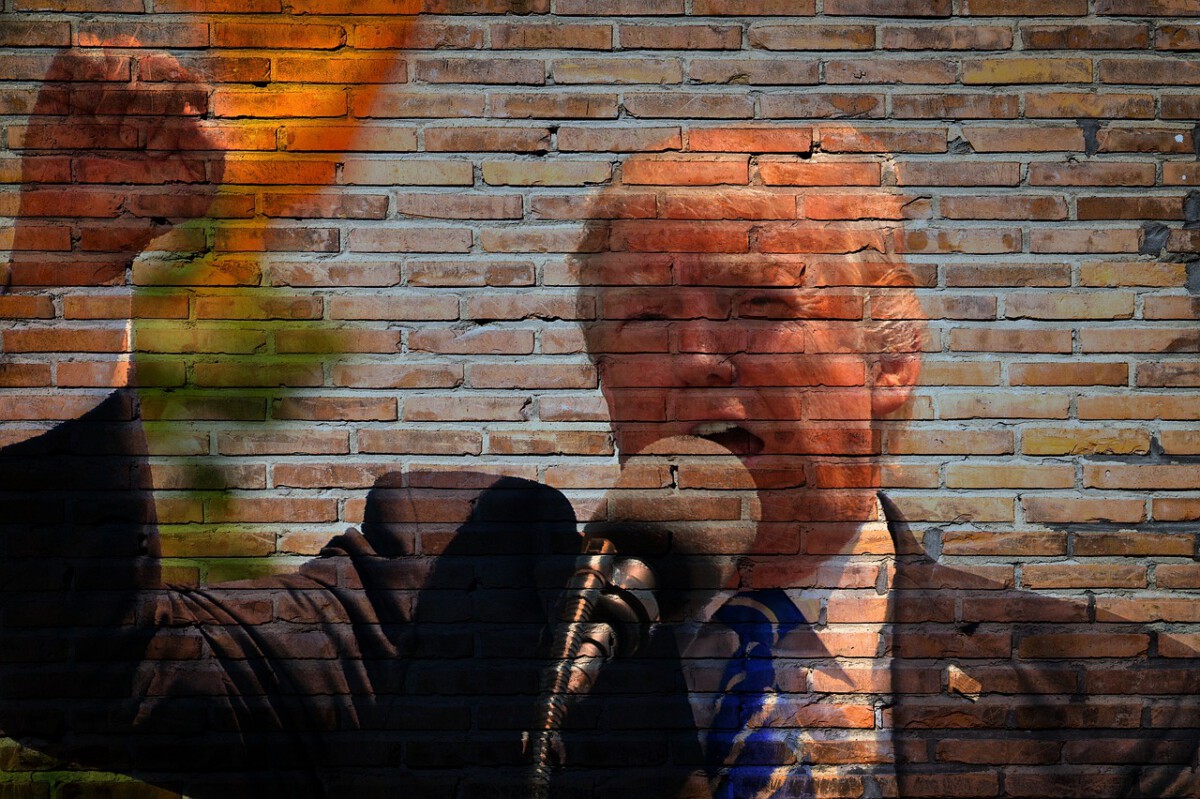Sticker Shock: Hawaii’s Soaring Prices

Anyone dreaming of paradise in Hawaii is quickly jolted by the reality of how expensive everything is. In early 2025, the cost of a basic hotel room in Honolulu averaged over $400 per night, a number that’s climbed faster than almost anywhere else in the U.S. Meals at casual restaurants can easily run $30 per person, and a gallon of milk hovered around $7. Gasoline prices on Oahu topped $5.50 per gallon, with the outer islands often even higher. Even locals feel squeezed, as Hawaii’s overall cost of living ranks number one in America. “We joke that you need a second job just to afford groceries,” says longtime Maui resident Kahea Kim. For many travelers, the price tag transforms what was supposed to be a relaxing getaway into a stressful budgeting exercise.
Tourist Overcrowding and Strained Infrastructure

Hawaii welcomed over 9 million visitors last year, a staggering number for a state with just under 1.5 million residents. Waikiki Beach often feels like a packed festival, and iconic hikes like Diamond Head or the Kalalau Trail can resemble rush hour traffic. Local officials reported that some popular natural sites experience five times their intended capacity, resulting in trail erosion, trampling of native plants, and overflowing trash cans. Even rental cars are sometimes in short supply, making last-minute bookings pricey and difficult. “Sometimes it feels like there’s more selfie sticks than surfboards,” joked a recent visitor. The constant crowds can leave you longing for a little peace and quiet—something harder to find each year.
Environmental Impact and Climate Concerns

Hawaii’s delicate ecosystems are under intense pressure from tourism. Coral reefs around Oahu and Maui have seen up to 50% bleaching in recent years, worsened by sunscreen chemicals and human contact. Local conservation groups warn that overuse of hiking trails leads to soil erosion and habitat loss for endangered birds. In 2024, state parks launched new restrictions and reservation systems to protect threatened areas, but enforcement is tough. Hawaii’s dependence on imported goods also means a larger carbon footprint per visitor. “We need people to be guests, not just consumers,” says biologist Nainoa Thompson. These hidden environmental costs aren’t always on tourists’ minds, but they’re felt every day by the islands’ fragile wildlife.
Unpredictable Weather and Natural Hazards

Despite its postcard reputation, Hawaii’s weather isn’t always sunny and calm. The islands face a growing risk of hurricanes, with several major storms narrowly missing in 2024. Heavy rains can cause flash floods, washing out roads and closing popular attractions with little warning. Volcanic activity, especially on the Big Island, can lead to dangerous “vog” (volcanic smog) that irritates lungs and spoils scenic views. Even strong ocean currents and high surf can make swimming unexpectedly hazardous. “We ask visitors to respect warning signs, but many ignore them and end up in trouble,” says a lifeguard on Kauai. The unpredictable natural elements can quickly turn a dream vacation into a logistical headache—or worse.
Challenging Transportation and Island Hopping

Getting around Hawaii isn’t always as breezy as travel brochures suggest. Rental car shortages have become infamous, with prices sometimes doubling during peak seasons—if you can find one at all. Public transportation is limited outside Honolulu, and rideshare coverage can be spotty on smaller islands. Inter-island flights are convenient but add significant costs and logistical planning, especially with new luggage fees and unpredictable delays. “You can spend half your trip just waiting in lines or stuck in traffic,” one traveler complained on social media. Unlike the mainland, there’s no network of trains or highways connecting the islands, so hopping from Oahu to Maui or Kauai requires careful coordination and extra patience.
Cultural Tensions and Over-Tourism

While Hawaiians are known for their warm hospitality, there’s a growing sense of frustration among locals about the sheer volume of visitors. In 2024, multiple protests erupted on Maui and Kauai, with residents demanding limits on short-term rentals and stricter regulations for tourist hotspots. “We’re losing our sense of place,” said a community leader at a recent rally. Many locals feel priced out of their own neighborhoods, as vacation rentals drive up housing costs. Some visitors have reported uncomfortable encounters or have been asked to avoid certain sacred sites. The tension isn’t always visible, but ignoring it can leave both sides feeling misunderstood and resentful.
Limited Emergency Services and Medical Care

Hawaii’s remote location means that emergency services can be stretched thin, especially in rural or outer island areas. Hospitals sometimes face overcrowding, particularly during peak tourist seasons or natural disasters. In 2024, a spike in emergency room visits on Maui led to longer wait times and occasional shortages of medical staff. Airlift services are available but can be delayed by weather or logistical issues. Pharmacies and clinics on smaller islands may not have all the medications or specialists visitors are used to. “You’re not just a quick ambulance ride from a big city hospital,” warns Dr. Leilani Silva, a physician on the Big Island. Tourists with specific health needs can find themselves facing unexpected hurdles far from home.
Unexpected Closures and Capacity Restrictions

Many visitors are surprised to find that some of Hawaii’s top attractions now require reservations or have strict daily limits. In 2024, popular spots like Hanauma Bay and the Kalaupapa National Historical Park operated on advanced booking systems, often selling out weeks in advance. Sudden closures due to weather, maintenance, or environmental restoration are common—sometimes announced with little notice. Restaurants and shops may close early or run out of supplies, especially during busy periods. “We tried to visit three places and all were booked or shut down,” reported a frustrated tourist this spring. The spontaneity that used to define a Hawaiian vacation is now replaced by spreadsheets, alerts, and backup plans.
Wildlife Encounters and Invasive Species

While Hawaii is famous for its unique wildlife, not all encounters are magical. Increased development and tourism have brought more invasive species, from coqui frogs to feral pigs, that disrupt the local ecosystem and sometimes startle visitors. Sea turtles and monk seals are protected by strict laws, and getting too close can result in hefty fines—something many tourists learn the hard way. Jellyfish swarms, especially near Waikiki, can make swimming painful or even dangerous several times a year. In 2024, several beaches posted warnings after a spike in Portuguese man o’ war stings. “It’s paradise, but it bites back,” quips a local tour guide. Respecting wildlife means keeping your distance—and sometimes keeping your shoes on.
Unrealistic Expectations and Vacation Pressure

The image of Hawaii as an effortless paradise can set visitors up for disappointment when reality doesn’t match the fantasy. Social media is packed with influencers showing off empty beaches and perfect sunsets, but the truth is often crowds, clouds, or closed trails. Many travelers feel pressure to pack every day with activities, quickly turning relaxation into exhaustion. “People come here expecting magic, but they forget it’s a real place with real problems,” says hotel manager Malia Wong. The need to “make it worth the price” can lead to stress, arguments, and the feeling of missing out. Sometimes, the biggest hidden drawback is the gap between what you imagined—and what you actually experience.



